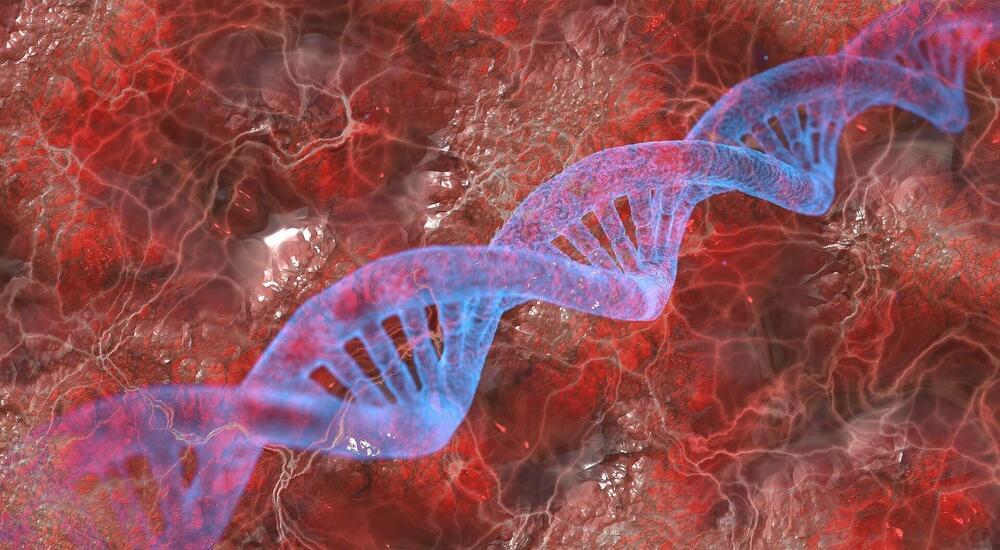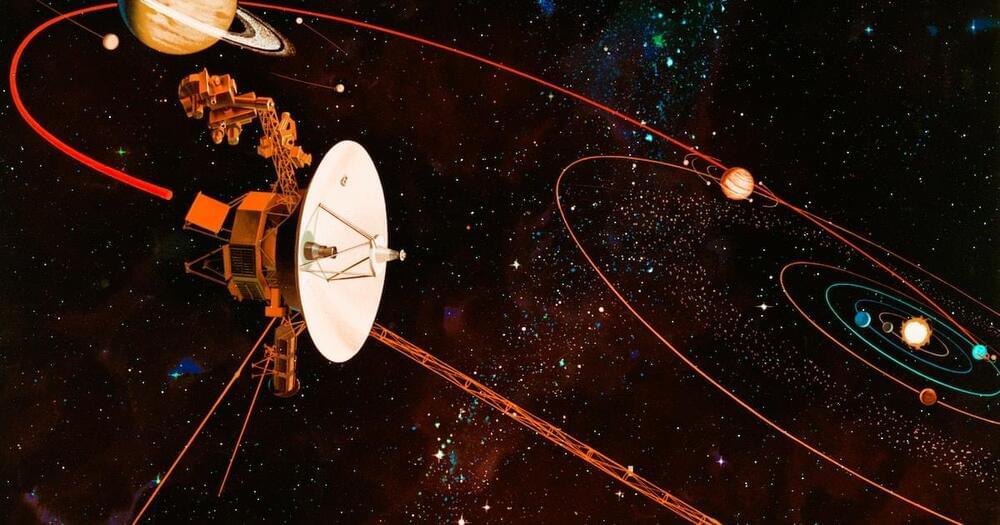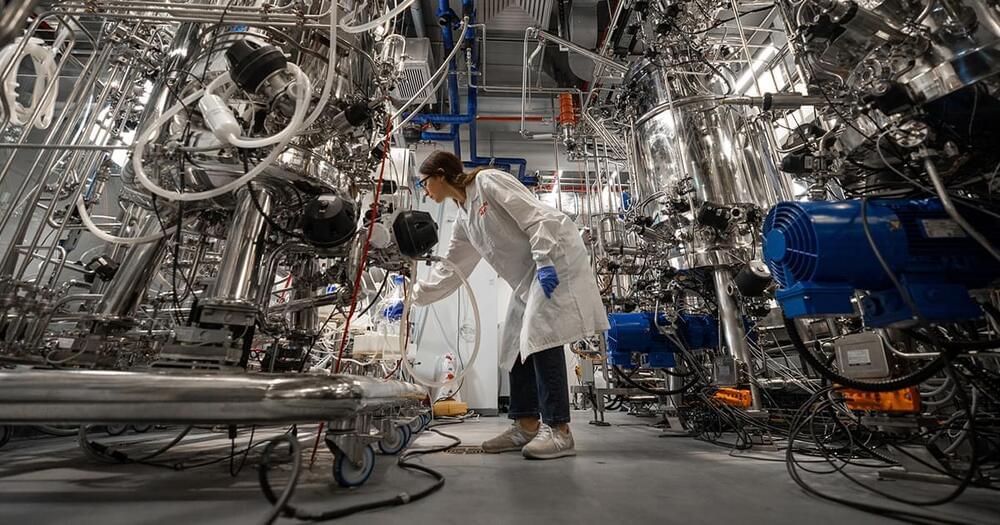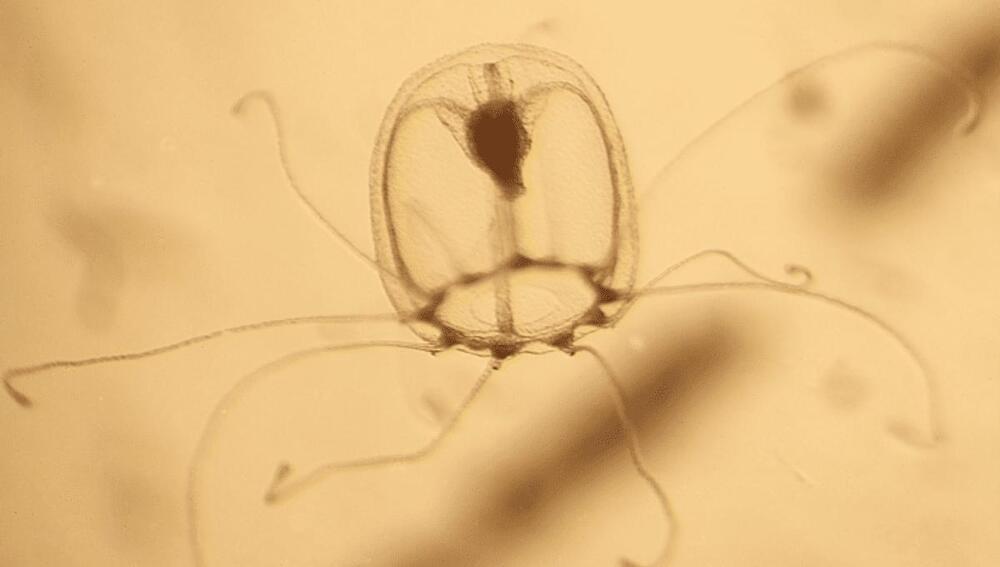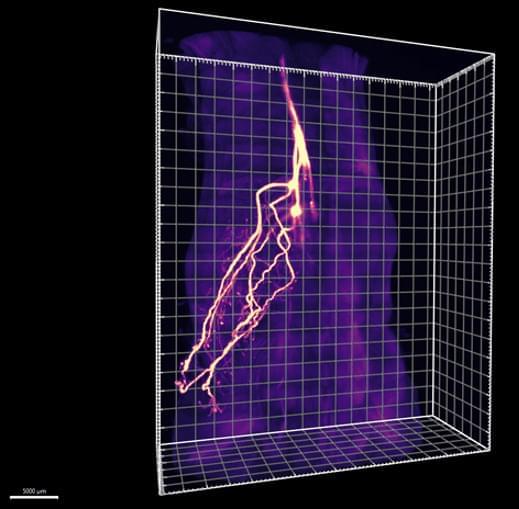The world record comes as a result of a new standard-setting collaboration.
Vision Marine Technologies, a manufacturer of electric recreational marine propulsion for OEMs, broke the 100 mph (160 kph) speed barrier on an electric watercraft and set a new world record, the company announced.
To pull off such a feat, a coalition of numerous significant, well-known players from around the world had to unite. With the sole purpose of setting new standards, Vision Marine, in collaboration with Hellkat Powerboats, created the V32, a 32-inch (9.75 meters) catamaran hull made to hold the required battery banks to power a pair of Vision Marine’s signature E-MotionTM electric outboards.
Nasdaq listed, Vision Marine Technologies produces outboard engines: the E-motion series, as well as a multitude of electric boats.

